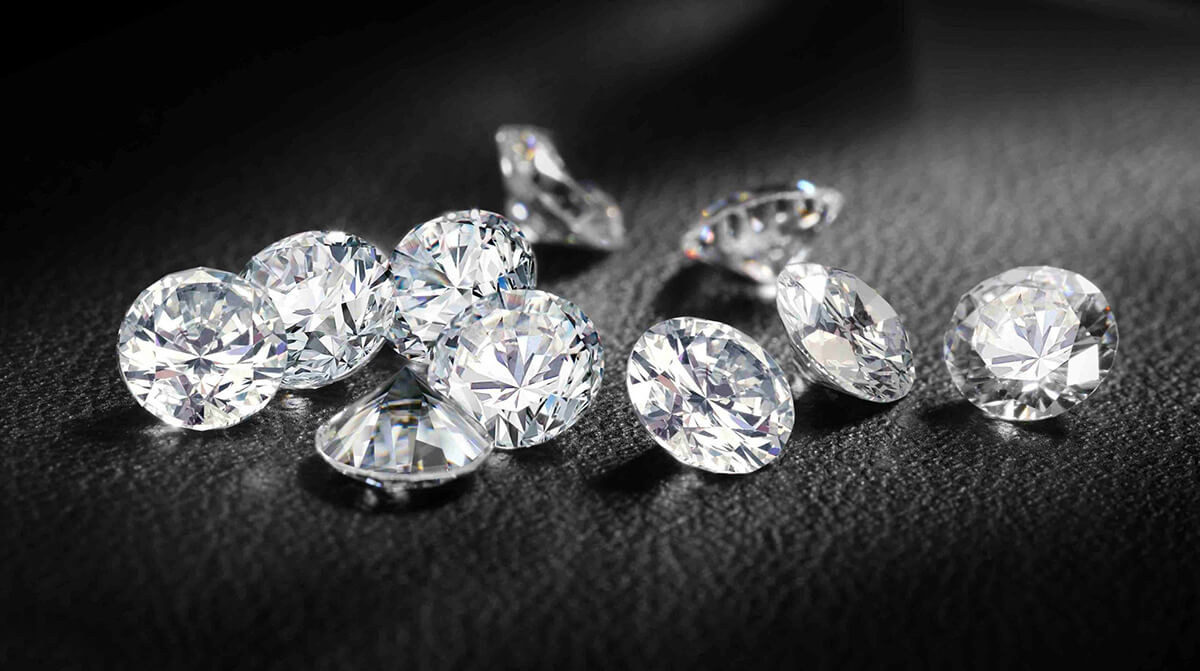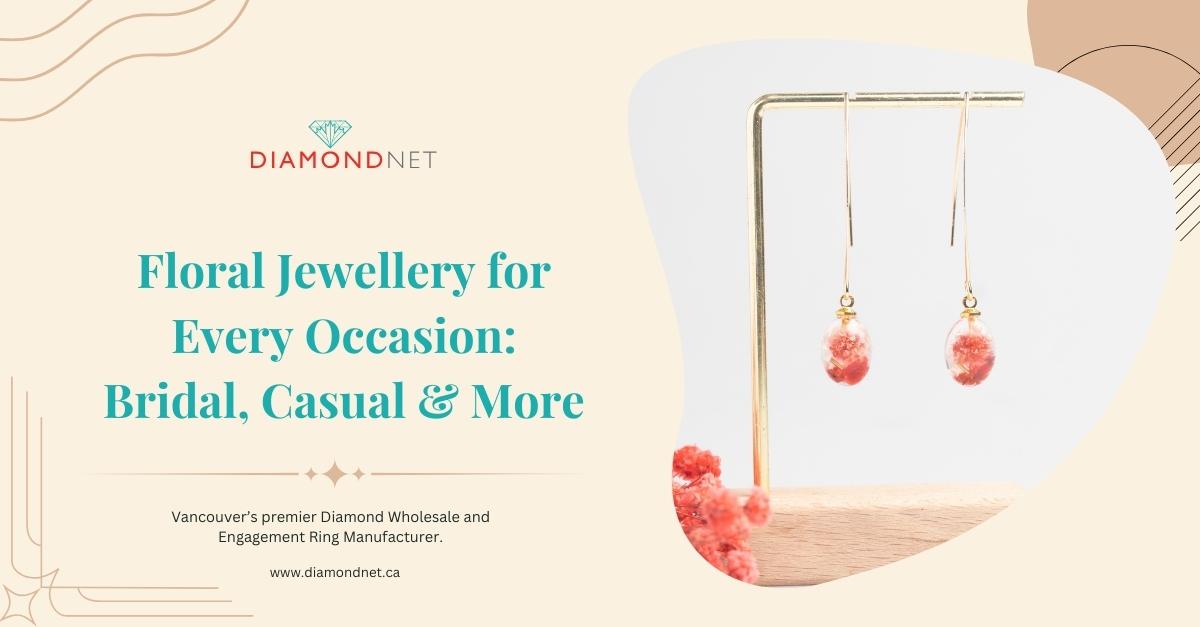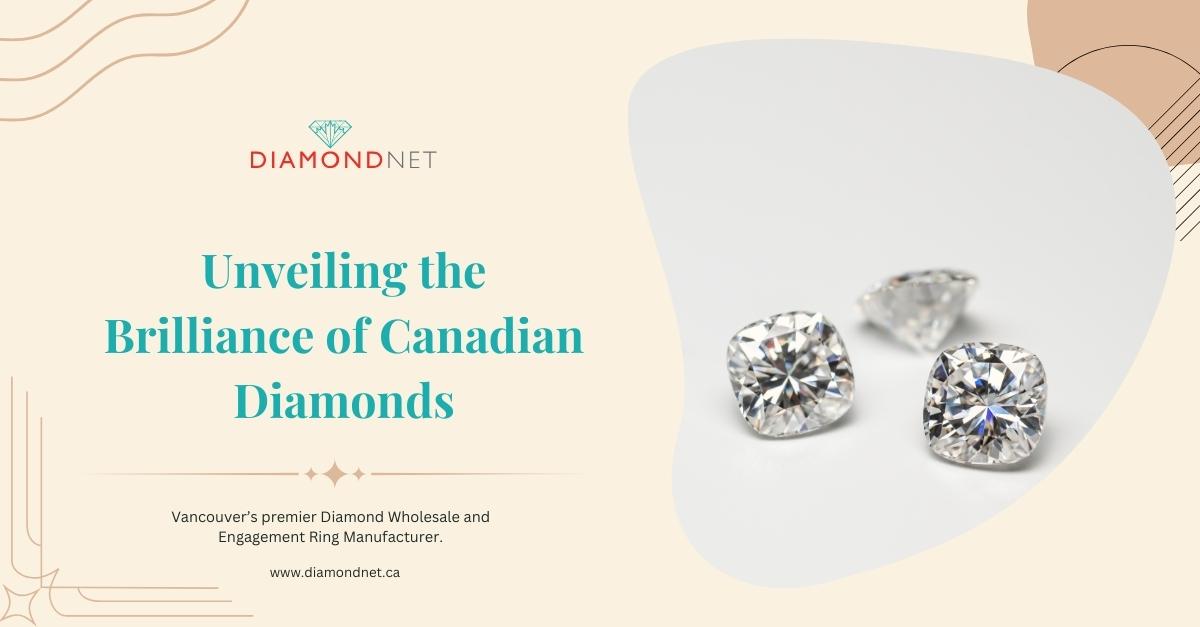If you’ve dipped a toe into the diamond market, you know that clarity and color are two of the main features being talked about. But—what do these distinctions mean to you (if anything) and which do you need to care more about? We’re here to help explain!
Natural diamonds are exceptional stones. Their growth can take between one to three billion years, under extreme heats of up to 2,200 degree Fahrenheit. With these factors at play, it makes sense that an extremely few diamonds come out in absolute perfect condition. Most are imperfect, displaying surface blemishes and internal inclusions. When we think about grading diamonds, Clarity means the absence of imperfections, and color really means the absence of color.
Diamond Clarity Scale
Diamond clarity is a marker that grades the visual elements of a diamond. Less blemishes and inclusions equals a higher clarity grade. While clarity is incredibly relevant to a diamond’s value, most imperfections are beyond the human eye. So how much do these imperfections matter?
The basic system of evaluating clarity is as follows: Internally Flawless (IF), Very Very Small Inclusions 1 (VVS1), Very Very Small Inclusions 2 (VVS2), Very Small Inclusions 1 (VS1), Very Small Inclusions 2 (VS2), Small Inclusions 1 (SI1), Small Inclusions 2 (SI2), Inclusions 1 (I1), Inclusions 2 (I2).
Types of Diamond Inclusions
Keep in mind, there are different types of inclusions to look out for. “Bearding” is an inclusion located at the girdle area. Bearding often causes a slightly blurred or fuzzy appearance on the diamond. “Feathering” is a tiny crack within the diamond. Depending on the angle you are looking at from, these cracks can appear transparent or white. “Graining” is the result of irregular crystal growth. It can begin to result in white, colored, or reflective lines and a very hazy appearance. “Cavities” (think teeth) can appear either colored or colorless. It will often depend on the type of minerals existing within the body of the diamond. Colored cavities are typically visible to the naked eye.
There is also the consideration of inclusion placement. Some are dead center in the middle of the diamond (often more noticeable) and some are pushed so far off to the side they become a non-issue once set.
One big mistake people make when they select a diamond is purchasing with a very high clarity grade. Many do this in the hope of buying a “good investment.” The truth is, the amount of markup involved in diamond retail is so high and multilevel that these stones are losing 25-45% of their value the second you walk out the jeweler’s door. So—why not buy a diamond engagement ring that makes sense for you and your needs?
Diamond Color Scale
True colored diamonds (think yellows, pinks, and blues) have their own separate color scale. With white diamonds, the existence of a yellow tint will affect the price of a diamond. The less color in a white diamond, the more actual color it will reflect and the greater its value. The GIA ranks diamonds on a scale of D (colorless) through Z (light color). All D-Z diamonds are considered white, even though they contain varying degrees of color.
The color D is the most desirable when it comes to diamonds. As a result, these perfect stones are almost always the most expensive. A 1 carat D color diamond with the highest clarity and cut will cost in the region of $15,000 – $20,000. But to add perspective, a 2 carat diamond of the same quality could cost up to $80,000. The reason for the huge leap in value is that large diamonds of such high quality are extremely rare. Once you move beyond 2 carats, the price increases significantly.
Some famous celebrities who have worn a true D color diamond include Elizabeth Taylor (8.8 million resale value), Mariah Carey, and Kim Kardashian ($4 million). But again, before choosing a ring, take a look at what makes sense for you, your boo, and your budget. DiamondNet which is a diamond wholesaler, provides high quality diamond rings. To contact DiamondNet, you can visit our store on Vancouver.



